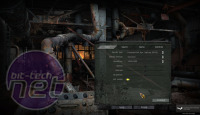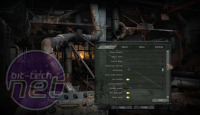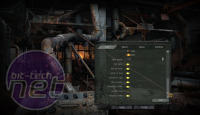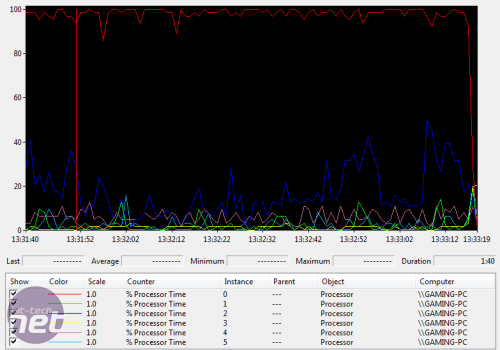STALKER: Call of Pripyat
Publisher: Deep SilverFrom our STALKER: Call of Pripyat review:
“One place where STALKER: Call of Pripyat definitely excels is in the graphics department, with fancy DirectX 11 tessellation, huge view distances and a gorgeous lighting system that really delivers in wow-factor. Pushing the game up to the maximum settings can require some hefty hardware obviously, but it’s worth the effort if you can because the technical prowess of the game is one thing that’s impossible to fault.”
We run the game at its prettiest, and most demanding, with the image quality set to Maximum and in DX11 mode. We then enter the Advanced settings menu to ramp up every slider to maximum. We leave SSAO (Soft Shadow Ambient Occlusion) at default. We repeat each test three times, discarding anomalous results and averaging the consistent ones.
CPU usage in-game
For a modern game the X-ray engine is predominantly single threaded, which is quite sad for a game that was also one of the first to push DirectX 11 and had significant help from AMD.
As you can see from the graphs, there's almost no slow down between single to six cores, and in the CPU usage graph evidently the game relies on one core (red) extremely heavily, with a second (dark blue) intermittently as its use fluctuates between 15-40 per cent.
Turn off your unwanted cores and turn up the frequency - that's what makes STALKER Call of Pripyat, faster. Intel's TurboBoost technology would see a practical benefit here.

MSI MPG Velox 100R Chassis Review
October 14 2021 | 15:04













Want to comment? Please log in.